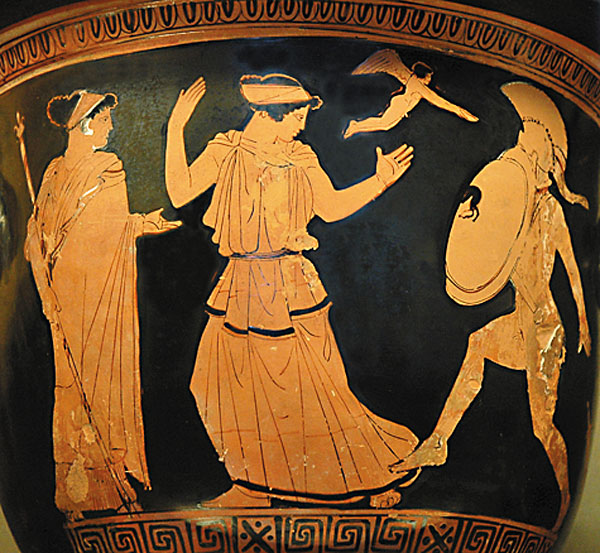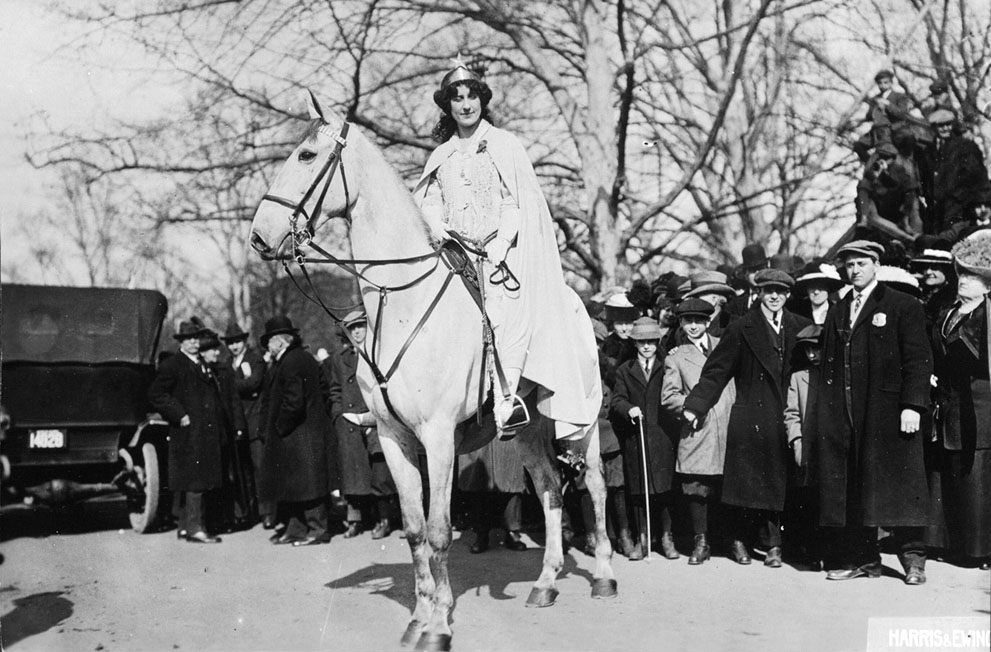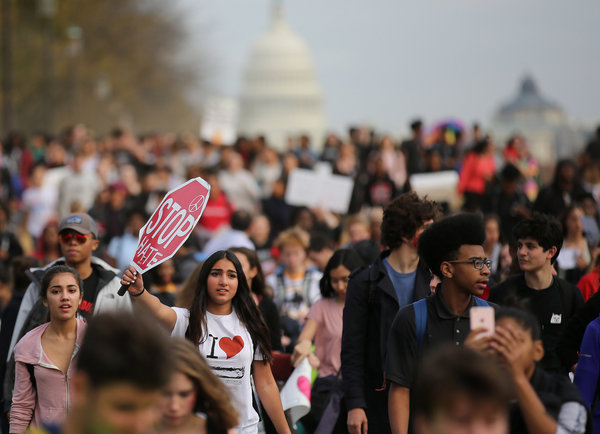
PHOTO: The New York Times
Yesterday, three million women around the world joined with the Women’s March on Washington to declare that “Women’s rights are human rights”. News reporters are calling it “historic”, and according to The New York Times, the Women’s March had three times more people in attendance than Trump’s inauguration. The Washington D.C. Metro said that Saturday was the second-busiest day in the city’s metro’s history, second only to President Barack Obama’s 2009 Inauguration Day.
The right to protest peacefully is fundamentally American, and fundamentally human. Humans have been conducting political protests for as long as there have been historians to record them. Today, we’re taking a look at five of the most influential political protests ever to take place in human history.
1. Lysistrata
According to playwright Aristophanes, the woman, Lysistrata, persuaded the women of Greece to withhold sex from their husbands and lovers until peace was negotiated to end the Peloponnesian War. Sex strikes have been used throughout history by women to force warring men to make peace, including most recently a strike conducted by women in Liberia.

PHOTO: Lokashakti.com
The Woman of Liberia Mass Action for Peace was organized by several women in Liberia (despite having very few civil rights) with the purpose of ending the Second Liberian Civil War. Thousands of Muslim and Christian women unified to stage nonviolent silent protests as well as a sex strike, just like Lysistrata.
Their movement was successful. In 2003, they forced a meeting with president Charles Taylor to organize peace talks in Ghana. The women were able to achieve peace after a 14-year-long civil war, and eventually were responsible for bringing the first female head of state, Ellen Johnson Sirleaf, to power.
2. Ghandi’s Salt March
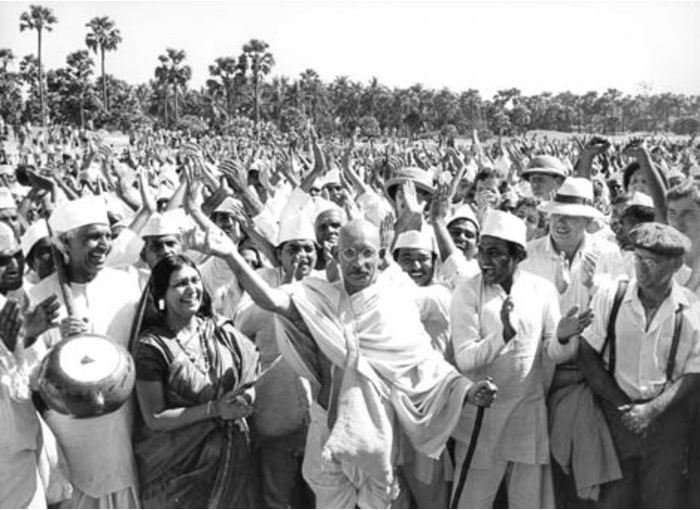
PHOTO: Emaze.com
From 1858 to 1947, India was a British colony. Under British rule, Indians were banned from buying or selling salt, and Britain imposed massive taxes on it during their rule as if it were a luxury resource. In 1930, Indians had had enough. Mahatma Ghandi organized his supporters to march 240 miles from his ashram all the way to the Arabian Sea to collect salt for free from the ocean. Over 60,000 Indians were arrested by British authorities for breaking the law. The protest would continue until Ghandi was granted bargaining rights at a negotiation in London, forcing England to recognize that the Indian people were a force to be reckoned with and refused to be bullied by Imperialist rule any longer. The Salt March would later be used as a template for future non-violent protests, including Martin Luther King Jr.’s march on Washington.
India would gain independence from Britain in 1947.
3. Martin Luther King Jr.’s March on Washington
“Now is the time to rise from the dark and desolate valley of segregation to the sunlit path of racial justice”
– Martin Luther King Jr.
Martin Luther King Jr. organized over 200,000 supporters for his March on Washington for Jobs and Freedom in 1963. King intended to push lawmakers to address the vast inequality in the United States. A the base of the Lincoln Memorial, Martin Luther King Jr. delivered his famous “I Have a Dream” speech. Twice the amount of expected supporters joined him to listen and protest. The movement was so successful that the leaders of the March met afterwards with President Kennedy, and the march is credited with creating the conditions and support needed to pass the Civil Rights Act of 1964 and the Voting Rights Act of 1965.
4. Women’s Suffrage Parade of 1913
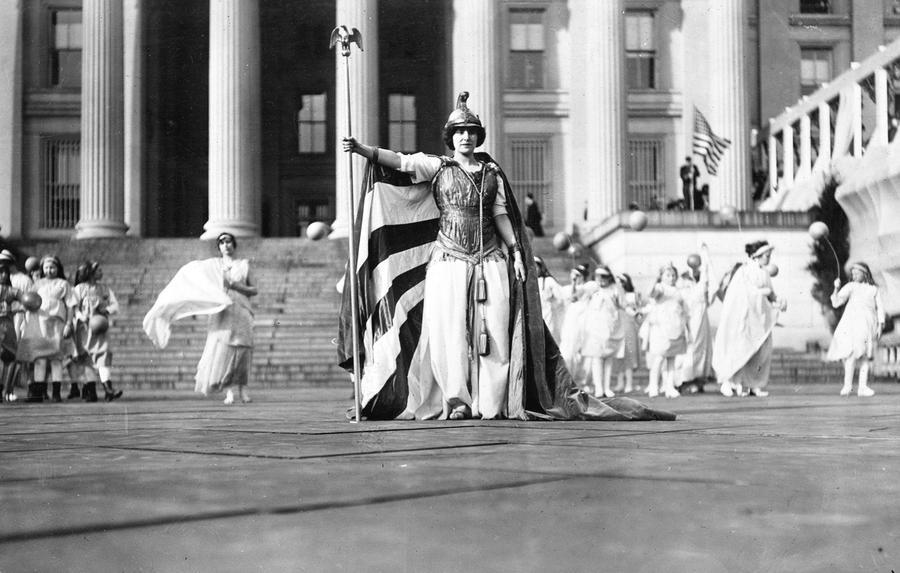
PHOTO: theatlantic.com
On March 3, 1913, the day before President Woodrow Wilson’s inauguration, 8,000 marchers, five mounted brigades, and twenty-six floats led by Inez Milholland marched on Washington D.C. to “march in a spirit of protest against the present political organization of society, from which women are exclude”.
The event was attended by several notable figures, including Helen Keller and Ida B. Wells. Along the way, they encountered huge crowds of men who jeered and harassed them, and even the police were of little help. Over 200 women were treated for injuries at local hospitals. Eventually, the Massachusetts and Pennsylvania national guards were called in to help the women reach their destination safely, and boys from the Maryland Agricultural College formed a human barrier between the suffragettes and the angry crowd. Afterward, Congress was forced to investigate the lack of police protection for the parade. The chief of police was fired.
The parade was so large that President Woodrow Wilson arrived in the city with minimal support, and had to take back roads to reach his hotel. Reporters and journalists used the mistreatment of women at the parade as evidence of the systemic abuse of women by the government and by men in general, and were able to incite the public to action.
The parade and the attention it garnered were monumental in advancing the Women’s Suffrage movement in the United States. Six years later, on June 4, 1919, Congress passed the 19th amendment, granting women the right to vote. The United States government has planned to honor the original 1913 Women’s Parade by depicting it on the redesigned United States’ ten-dollar bill.
5. The Self-Immolation of Thich Quang Duc
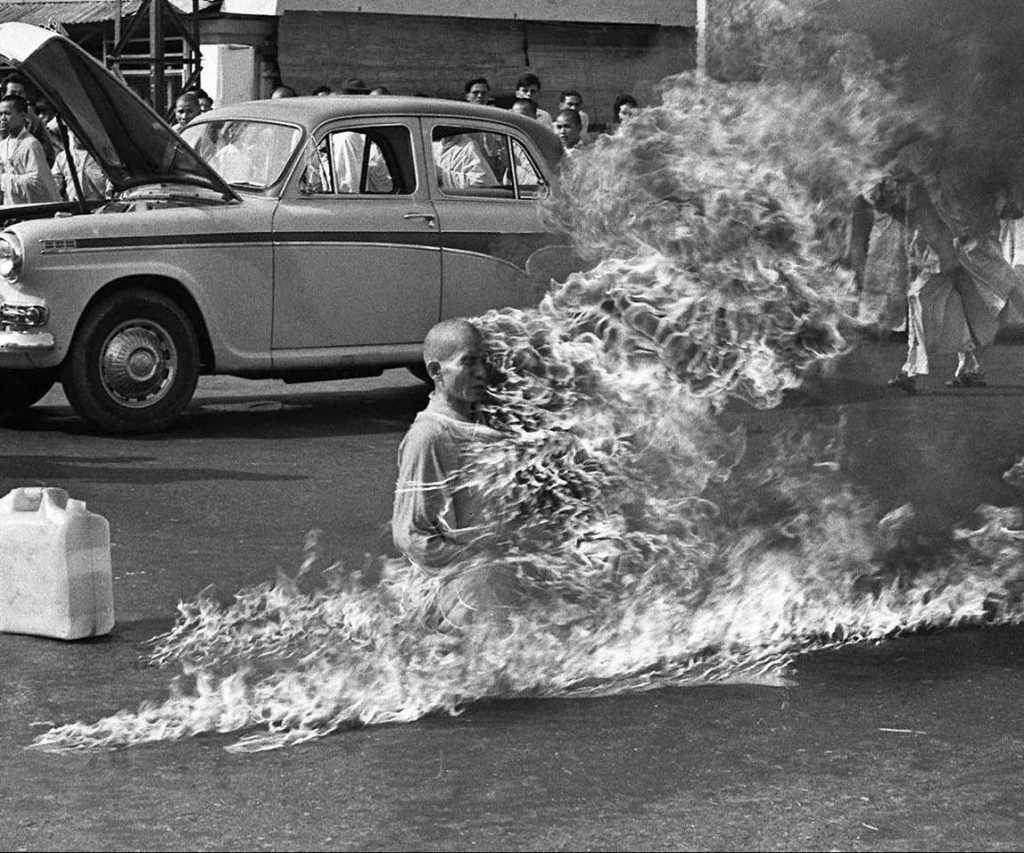
PHOTO: rarehistoricalphotos.com
“No news picture in history has generated so much emotion around the world as that one.” – President John F. Kennedy.
In 1963, Vietnamese Buddhist monk Thich Quang Duc set himself on fire in the streets of Saigon, and the world watched in horror. The event would spark a wave of new suicidal political protests against the persecution of Buddhists in South Vietnam. Soon, other Vietnamese monks followed suit. In Washington D.C., an American set himself on fire to protest the war in Vietnam, and Tunisian fruit vendor Mohamed Bouazizi sparked the Arab Spring in 2010 when he self-immolated in protest against the government. Over the last five years, over 100 Tibetans have set themselves on fire in protest of Chinese rule.
Photographs of Quang Duc’s self-immolation were circulated across the world, and the policies of the Vietnamese government were brought to the public attention. His protest led other countries to put political pressure on Ngô Đình Diệm, the leader of Vietnam at the time, forcing him to announce reforms.
Eventually, an Army coup would assassinate Diệm on November 2, 1963, leading to a swift change in power in Vietnam, but Thich Quang Duc’s suicide will not easily be forgotten.


